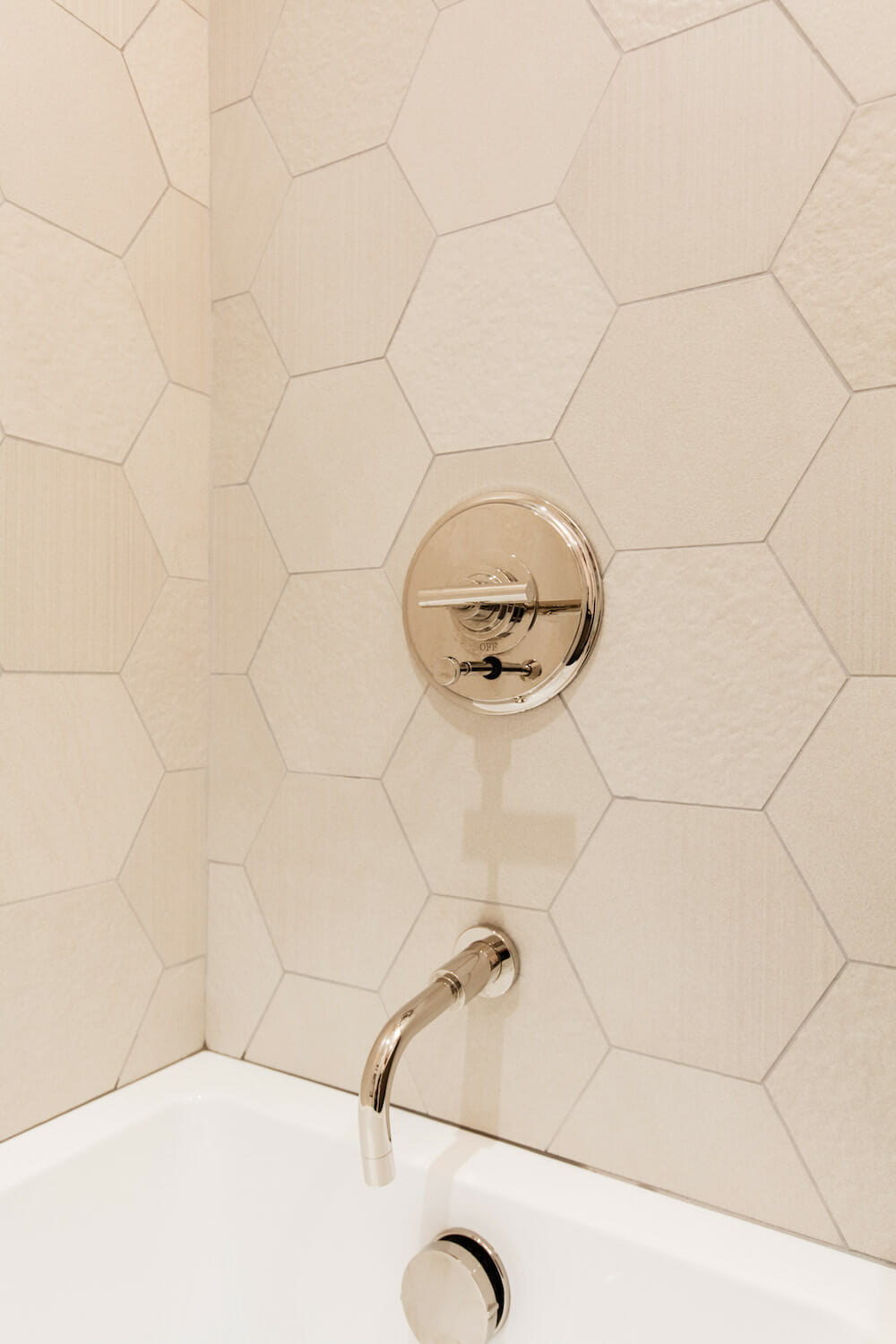Seven Must-Do Home Inspections After Winter
With the transition from winter to spring, homeowners face the essential task of assessing the impact of seasonal weather on their properties. Fluctuations in temperature, along with accumulated snow and ice, can lead to a range of potential issues, from roof damage to plumbing concerns.
This spring, a checklist of key areas to examine will help homeowners ensure their residences are structurally sound and functioning efficiently. This guide outlines the necessary steps to take, providing a practical approach to post-winter home maintenance.
Post your project on Sweeten for free and make your dream renovation a reality. Sweeten simplifies home renovation by connecting homeowners with top-rated general contractors, handling the vetting process and project management. To learn more about how we can help, check out our home renovation services.

Roof & Gutters: Clear the Debris, Check for Damage
The roof, a home’s primary defense against the elements, warrants immediate attention after winter. Accumulated snow and ice, along with the cyclical freeze-thaw patterns, can compromise its integrity. A visual inspection should begin with a scan for missing, cracked, or warped shingles. Particular attention should be paid to areas around flashing and vents, where leaks are common. Gutters, often overlooked, require thorough cleaning. Debris such as leaves and branches can obstruct drainage, leading to water buildup and potential damage to the fascia and foundation. Ensure downspouts are properly positioned to direct water away from the home. Sweeten brings homeowners an exceptional renovation experience by personally matching trusted general contractors to your project, while offering expert guidance and support—at no cost to you. Renovate expertly with Sweeten
Foundation & Exterior Walls: Look for Cracks & Water Damage
The foundation, the bedrock of the structure, is susceptible to damage from ground movement during freeze-thaw cycles. Cracks, even hairline ones, can indicate underlying issues. A close examination of exterior walls is also crucial. Water damage, evidenced by peeling paint or damp spots, signifies potential leaks or inadequate drainage. Proper grading, ensuring the ground slopes away from the foundation, is essential to prevent water infiltration.

Windows & Doors: Seal Out Drafts, Prevent Leaks
Windows and doors, often points of energy loss, should be inspected for damage to frames and seals. Damaged caulking or weatherstripping allows drafts and moisture to penetrate, impacting energy efficiency and potentially leading to water damage. Verify that all windows and doors operate smoothly, as warping or misalignment can indicate structural shifts. Window wells, if present, should be cleared of debris and checked for proper drainage.
Plumbing System: Check for Leaks & Frozen Pipe Damage
Winter’s sub-zero temperatures can strain plumbing systems, leading to frozen pipes and subsequent leaks. A thorough inspection of pipes under sinks, around water heaters, and in exposed areas is necessary. Signs of water stains or damp spots should be investigated immediately. Test all faucets and toilets for proper function, and inspect outdoor spigots for leaks or damage.

At Sweeten, we’re experts at all things general contractors. Here’s how Sweeten works: We pre-screen them for our network, carefully select the best ones for your remodeling project, and work closely with hundreds of general contractors every day.
Electrical System: Inspect for Damage & Safety Hazards
Electrical systems, vital for modern living, require careful scrutiny. Frayed or damaged wiring poses a significant fire hazard. Test all GFCI outlets, particularly in areas prone to moisture, such as bathrooms and kitchens. Outdoor lighting fixtures, exposed to the elements, should be inspected for damage. Smoke detectors and carbon monoxide detectors, essential safety devices, should be tested and their batteries replaced.
HVAC System: Prepare for Warmer Weather
As temperatures rise, the HVAC system transitions from heating to cooling. A change of air filters is a fundamental maintenance task. Test the air conditioning unit to ensure proper operation. Inspect for leaks around the unit and clear any debris from the outdoor condenser.
Yard & Landscaping: Remove Debris, Check for Hazards
The yard, often overlooked, requires attention after winter’s onslaught. Fallen branches and debris should be removed to prevent safety hazards. Trees and branches should be inspected for any signs of damage or instability. Fences and outdoor structures, such as sheds or decks, should be examined for damage. Standing water, a breeding ground for mosquitoes, should be eliminated.

The completion of this spring inspection is not merely a task, but a proactive measure against the potential for long-term structural and financial burdens. By systematically addressing these key areas, homeowners can mitigate the effects of winter’s wear, ensuring their residences remain safe, efficient, and resilient as the season progresses. Regular maintenance, informed by these guidelines, represents a sound investment in the longevity and well-being of the home.
We can help plan your renovation
Find endless home renovation inspiration, detailed guides, and practical cost breakdowns from our blogs. You can also post your project on Sweeten today and get matched with our vetted general contractors and get estimates for free!









